Home>Furniture & Design>Interior Design Trends>What Is Nano Texture Glass
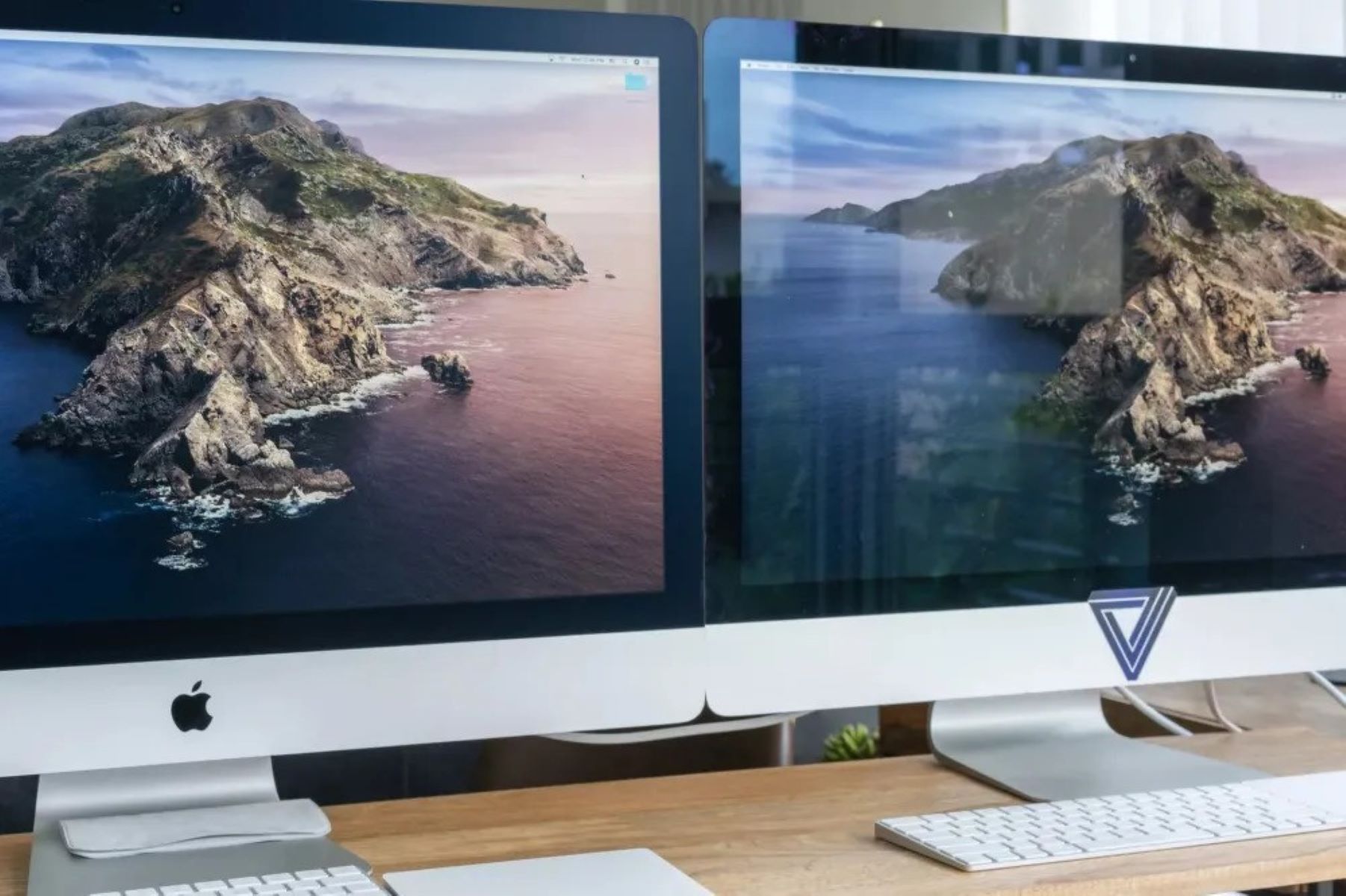

Interior Design Trends
What Is Nano Texture Glass
Modified: April 23, 2024
Discover the latest interior design trend with nano texture glass, offering a sleek and modern touch to your space. Learn more about its unique features and applications. Elevate your interior design with this innovative material.
(Many of the links in this article redirect to a specific reviewed product. Your purchase of these products through affiliate links helps to generate commission for Storables.com, at no extra cost. Learn more)
Introduction
Nano texture glass is a cutting-edge material that has been revolutionizing the interior design industry. This innovative type of glass offers a unique blend of functionality and aesthetics, making it a popular choice for modern architectural and design projects. With its distinctive properties and versatile applications, nano texture glass has garnered significant attention from designers, architects, and homeowners alike.
The allure of nano texture glass lies in its ability to seamlessly integrate into various design styles, from contemporary and minimalist to industrial and avant-garde. Its versatility makes it a sought-after material for both residential and commercial spaces, where it can be used to create stunning partitions, sleek countertops, elegant wall claddings, and more.
As the demand for sustainable and eco-friendly design solutions continues to rise, nano texture glass has emerged as a frontrunner in the quest for environmentally conscious materials. Its production process emphasizes efficiency and resource conservation, aligning with the principles of sustainable design and responsible manufacturing.
In the following sections, we will delve deeper into the intricacies of nano texture glass, exploring its composition, manufacturing process, benefits, applications, and maintenance requirements. By gaining a comprehensive understanding of this remarkable material, designers and enthusiasts can harness its potential to elevate interior spaces and redefine the boundaries of modern design.
Key Takeaways:
- Nano texture glass is a fancy type of glass that diffuses light to create a soft, matte finish. It’s great for making cool partitions, decorative panels, and even countertops, and it’s eco-friendly too!
- Cleaning nano texture glass is easy-peasy! Just use a gentle cloth or sponge with mild soap, rinse, and dry. Avoid harsh chemicals to keep it looking sleek and sophisticated.
Read more: What Is Textured Carpet
Definition of Nano Texture Glass
Nano texture glass, also known as etched glass or frosted glass, is a specialized type of glass that undergoes a surface treatment process to achieve a distinctive texture and appearance. Unlike traditional clear glass, nano texture glass features a microscopically altered surface that diffuses light, creating a soft, matte finish. This unique characteristic sets it apart from conventional glass varieties, offering enhanced visual appeal and functional advantages.
The term "nano" in nano texture glass refers to the minuscule scale of the surface alterations, which are engineered at the nanometer level. This precision in texture manipulation results in a finely nuanced finish that exudes elegance and sophistication. The microscopic irregularities on the glass surface scatter light in a controlled manner, producing a subtle, velvety sheen that adds a touch of refinement to interior spaces.
One of the defining attributes of nano texture glass is its ability to strike a balance between translucency and privacy. While it allows light to penetrate, it also obscures the view through the glass, making it an ideal choice for creating semi-private partitions, decorative panels, and architectural elements. This duality of transparency and opacity empowers designers to craft visually captivating environments while maintaining functional separation and discretion.
Furthermore, nano texture glass is prized for its tactile appeal, as the gentle undulations on its surface invite touch and interaction. This tactile quality adds a sensory dimension to architectural elements and interior features, fostering a more engaging and immersive experience for occupants and visitors. Whether used in doors, dividers, or decorative accents, nano texture glass elevates the tactile richness of interior spaces, inviting exploration and appreciation.
In essence, nano texture glass embodies a harmonious fusion of artistry and engineering, offering a refined aesthetic, functional versatility, and tactile allure. Its ability to transform light, create visual intrigue, and enhance privacy makes it a compelling choice for contemporary design projects seeking to imbue spaces with a touch of sophistication and understated luxury.
How Nano Texture Glass is Made
The production of nano texture glass involves a meticulous process that combines advanced technology with precision craftsmanship. To create this exquisite material, skilled artisans and cutting-edge machinery collaborate to transform standard glass into a refined, textured surface that embodies elegance and functionality.
The journey of nano texture glass begins with high-quality, clear glass sheets that serve as the foundational substrate for the transformation process. These pristine glass panels undergo a series of specialized treatments, with the primary objective of imparting a delicate, frosted texture to their surfaces.
The first step in the manufacturing process involves the application of a proprietary chemical solution onto the glass. This solution is meticulously formulated to induce controlled micro-scale alterations on the glass surface, resulting in the desired nano texture effect. The chemical treatment is precisely calibrated to ensure uniform coverage and consistent texture across the entire glass panel.
Following the application of the chemical solution, the glass panels are subjected to a controlled heating and cooling process, which facilitates the integration of the textured surface. This thermal treatment not only enhances the durability and strength of the glass but also contributes to the development of the distinctive nano texture, refining its visual and tactile qualities.
Once the glass panels have undergone the chemical and thermal treatments, skilled artisans meticulously inspect and refine the surfaces to ensure the desired texture and finish are achieved. This meticulous attention to detail is essential in achieving the nuanced, velvety appearance that characterizes nano texture glass, elevating it to a level of sophistication and refinement that captivates the senses.
The result of this intricate manufacturing process is a collection of nano texture glass panels that embody a harmonious blend of artistry and engineering. Each panel exudes a subtle, matte sheen that diffuses light in a captivating manner, creating an ambiance of understated luxury and visual intrigue. This meticulous craftsmanship and technological innovation culminate in a material that transcends the ordinary, offering designers and architects a versatile canvas to elevate interior spaces with elegance and sophistication.
Benefits of Nano Texture Glass
Nano texture glass presents a myriad of compelling benefits that position it as a coveted material in the realm of interior design and architecture. From its aesthetic allure to its functional versatility, nano texture glass offers a host of advantages that elevate the visual appeal, tactile richness, and practical utility of interior spaces.
1. Distinctive Aesthetic Appeal
The foremost benefit of nano texture glass lies in its ability to imbue spaces with a distinctive aesthetic allure. The delicate, frosted texture of nano texture glass diffuses light in a captivating manner, creating a soft, velvety sheen that adds an element of refinement to architectural elements and interior features. This nuanced play of light and shadow enhances the visual intrigue of spaces, fostering an ambiance of understated luxury and sophistication.
Read more: What To Do After Scraping A Popcorn Ceiling
2. Enhanced Privacy and Translucency
Nano texture glass strikes a harmonious balance between privacy and translucency, making it an ideal choice for creating semi-private partitions, decorative panels, and architectural elements. While it allows light to permeate, it also obscures the view through the glass, offering a level of discretion without compromising illumination. This duality of transparency and opacity empowers designers to craft visually captivating environments while maintaining functional separation and privacy.
3. Tactile Richness and Interaction
The tactile appeal of nano texture glass adds a sensory dimension to interior spaces, inviting touch and interaction. The gentle undulations on its surface create a tactile allure that fosters a more engaging and immersive experience for occupants and visitors. Whether used in doors, dividers, or decorative accents, nano texture glass elevates the tactile richness of interior spaces, inviting exploration and appreciation.
4. Versatile Design Applications
Nano texture glass's versatility extends to its wide range of design applications. From sleek partitions and elegant wall claddings to decorative accents and functional surfaces, nano texture glass seamlessly integrates into various design styles, including contemporary, minimalist, industrial, and avant-garde. Its adaptability makes it a sought-after material for both residential and commercial spaces, where it can be used to create stunning visual and functional elements.
5. Sustainable and Eco-Friendly
In the pursuit of sustainable design solutions, nano texture glass emerges as a frontrunner. Its production process emphasizes efficiency and resource conservation, aligning with the principles of sustainable design and responsible manufacturing. By choosing nano texture glass, designers and architects can contribute to environmentally conscious design practices while enjoying the aesthetic and functional benefits it offers.
In essence, the benefits of nano texture glass encompass its ability to elevate interior spaces with a refined aesthetic, functional versatility, and tactile allure. Its distinctive properties make it a compelling choice for contemporary design projects seeking to imbue spaces with sophistication, understated luxury, and a touch of sensory richness.
Read more: How To Texture A Ceiling
Applications of Nano Texture Glass
Nano texture glass finds a diverse array of applications across the realms of interior design and architecture, where its unique properties and versatile nature enable it to elevate spaces with elegance, functionality, and visual intrigue. From residential settings to commercial environments, nano texture glass serves as a captivating material for creating distinctive design elements and architectural features.
1. Partition Walls and Dividers
Nano texture glass is often utilized to craft partition walls and dividers that strike a balance between openness and privacy. Its ability to diffuse light while obscuring direct visibility makes it an ideal choice for delineating spaces without compromising illumination. Whether used in residential interiors to create semi-private areas or in commercial settings to define functional zones, nano texture glass partitions add a touch of sophistication and discretion to interior spaces.
2. Decorative Panels and Screens
Incorporating nano texture glass into decorative panels and screens allows designers to infuse spaces with an element of artistry and refinement. The delicate, frosted texture of the glass creates a captivating play of light and shadow, adding visual intrigue and a sense of understated luxury to interior environments. Whether employed as decorative accents or statement pieces, nano texture glass panels and screens serve as compelling focal points that elevate the aesthetic appeal of spaces.
3. Architectural Cladding and Feature Walls
Nano texture glass lends itself to the creation of architectural cladding and feature walls that exude elegance and sophistication. Its ability to diffuse light in a subtle, velvety manner enhances the visual impact of these architectural elements, creating a captivating ambiance within interior spaces. Whether adorning the walls of residential lobbies, commercial interiors, or hospitality venues, nano texture glass cladding and feature walls elevate the overall design aesthetic while offering a tactile richness that engages occupants and visitors.
Read more: How To Remove A Textured Ceiling
4. Functional Surfaces and Countertops
The versatility of nano texture glass extends to functional surfaces and countertops, where its tactile appeal and visual allure enhance both form and function. Whether employed in kitchens, bathrooms, or commercial settings, nano texture glass surfaces exude a sense of refinement and sophistication while offering practical utility. Its ability to create a soft, matte sheen adds a touch of elegance to these functional areas, elevating the overall design aesthetic.
5. Architectural Elements and Art Installations
Designers and artists often leverage nano texture glass to create captivating architectural elements and art installations that engage the senses and spark visual intrigue. From sculptural features to immersive art pieces, the tactile allure and nuanced play of light and shadow offered by nano texture glass enable the creation of immersive and visually captivating environments.
In essence, the applications of nano texture glass span a wide spectrum of design possibilities, allowing it to seamlessly integrate into various interior styles and architectural contexts. Its ability to imbue spaces with elegance, functionality, and visual allure makes it a compelling choice for designers and architects seeking to elevate interior environments with a touch of sophistication and understated luxury.
Maintenance and Cleaning of Nano Texture Glass
Maintaining the pristine appearance and optimal functionality of nano texture glass involves simple yet effective cleaning and maintenance practices. By adhering to these guidelines, designers, architects, and homeowners can ensure that nano texture glass retains its exquisite aesthetic appeal and tactile allure for years to come.
Regular Cleaning Routine
To preserve the velvety sheen and visual clarity of nano texture glass, regular cleaning is essential. Begin by removing any surface dust or loose particles using a soft, lint-free cloth or a gentle brush. This initial step helps prevent abrasive particles from scratching the delicate texture of the glass during the cleaning process.
Read also: 8 Amazing Nano Facial Steamer for 2024
Gentle Cleansing Solutions
When it comes to cleaning nano texture glass, it is crucial to use mild, non-abrasive cleansing solutions to avoid damaging the delicate surface. A solution of warm water and a small amount of gentle dish soap or a specialized glass cleaner can effectively remove smudges, fingerprints, and light soiling without compromising the texture or finish of the glass.
Soft Cloth or Sponge
When applying the cleansing solution to the nano texture glass, use a soft, non-abrasive cloth or a sponge to gently wipe the surface. Avoid using rough or abrasive materials that could scratch or mar the delicate texture of the glass. Carefully work the cleaning solution across the glass in a gentle, circular motion to ensure thorough coverage.
Rinse and Dry
After cleaning the nano texture glass, rinse the surface with clean water to remove any residual cleaning solution. Once rinsed, use a clean, dry cloth to carefully blot and dry the glass, ensuring that no streaks or water spots are left behind. This final step helps maintain the pristine appearance of the glass, allowing its velvety sheen to shine through.
Avoid Harsh Chemicals and Abrasives
It is imperative to steer clear of harsh chemicals, abrasive cleaners, and scouring pads when cleaning nano texture glass. These aggressive substances can compromise the delicate texture and finish of the glass, diminishing its visual appeal and tactile allure. Opting for gentle, non-abrasive cleaning methods is essential for preserving the integrity of the glass surface.
Read more: How To Finish Stucco Texture
Periodic Maintenance Checks
In addition to regular cleaning, periodic maintenance checks are advisable to assess the condition of the nano texture glass. Inspect the glass for any signs of damage, scratches, or wear, and address any issues promptly to prevent them from escalating. By staying proactive in maintaining the glass, its longevity and aesthetic appeal can be safeguarded.
By following these maintenance and cleaning guidelines, nano texture glass can retain its captivating visual allure and tactile richness, enriching interior spaces with elegance and sophistication. With proper care and attention, nano texture glass stands as a timeless and enduring material that elevates the aesthetic and functional qualities of architectural and design elements.
Conclusion
In conclusion, nano texture glass stands as a testament to the seamless convergence of artistry, engineering, and functionality within the realm of interior design and architecture. Its delicate, frosted texture and nuanced play of light and shadow imbue spaces with a refined aesthetic allure, elevating the visual appeal and tactile richness of architectural elements and interior features. The meticulous manufacturing process, which involves precision treatments and thermal refinement, results in a material that exudes sophistication and understated luxury.
The benefits of nano texture glass, ranging from its enhanced privacy and translucency to its tactile richness and versatile design applications, position it as a compelling choice for contemporary design projects seeking to infuse spaces with elegance and functionality. Its ability to create a harmonious balance between openness and discretion makes it an ideal material for crafting partition walls, decorative panels, architectural cladding, and functional surfaces, offering designers and architects a versatile canvas to realize their creative visions.
Furthermore, the sustainable and eco-friendly nature of nano texture glass aligns with the principles of responsible manufacturing and environmentally conscious design practices, making it a conscientious choice for sustainable design solutions. Its ability to contribute to visually captivating and immersive environments while upholding sustainable principles underscores its significance in the evolving landscape of interior design and architecture.
In the realm of maintenance and cleaning, the simple yet effective practices ensure that nano texture glass retains its pristine appearance and optimal functionality, allowing it to stand the test of time as a timeless and enduring material. By adhering to gentle cleansing methods and periodic maintenance checks, the captivating visual allure and tactile richness of nano texture glass can be preserved, enriching interior spaces with a touch of sophistication and sensory engagement.
In essence, nano texture glass transcends the ordinary, offering a material that not only enhances the aesthetic and functional qualities of interior spaces but also fosters a sense of refinement, elegance, and sensory richness. Its ability to captivate the senses, create visual intrigue, and contribute to sustainable design practices positions it as a frontrunner in the evolution of modern interior design and architecture, empowering designers, architects, and homeowners to elevate spaces with a touch of sophistication and understated luxury.
Frequently Asked Questions about What Is Nano Texture Glass
Was this page helpful?
At Storables.com, we guarantee accurate and reliable information. Our content, validated by Expert Board Contributors, is crafted following stringent Editorial Policies. We're committed to providing you with well-researched, expert-backed insights for all your informational needs.
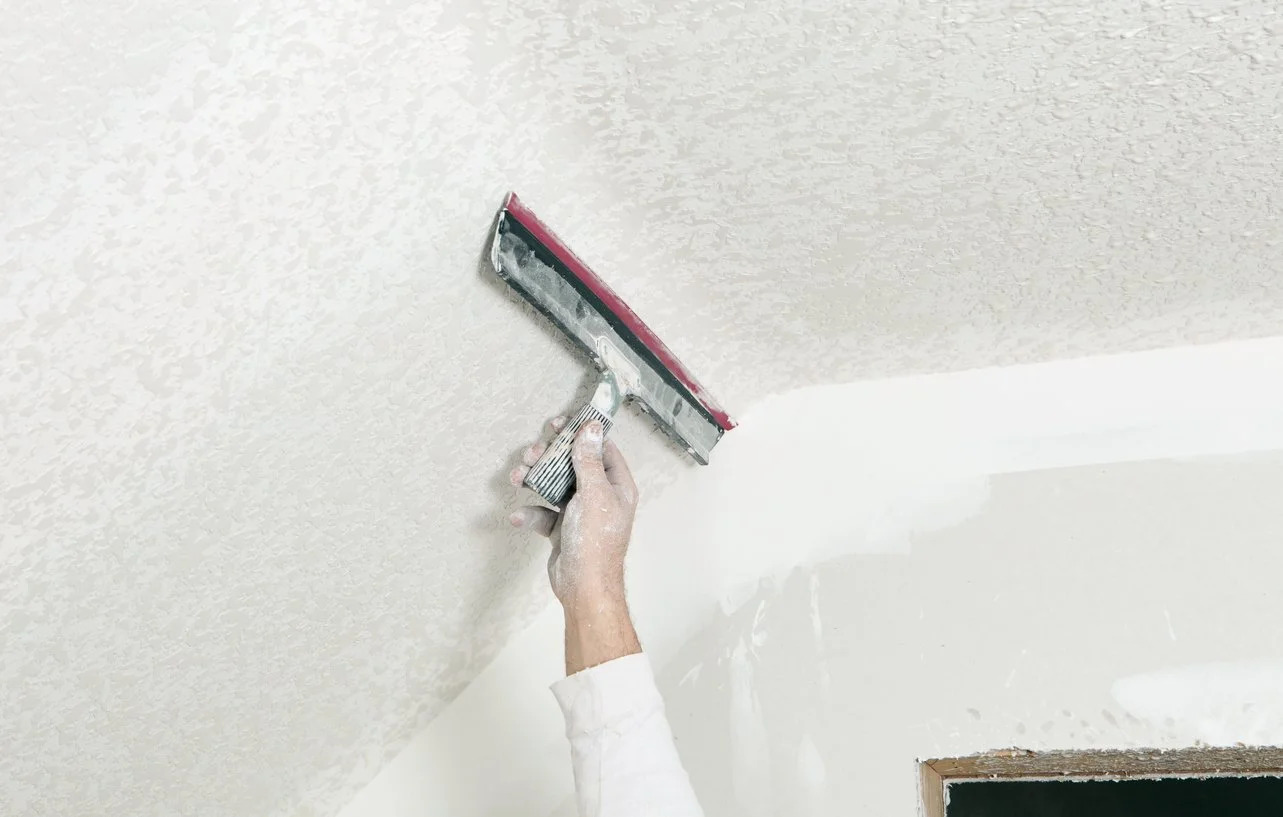
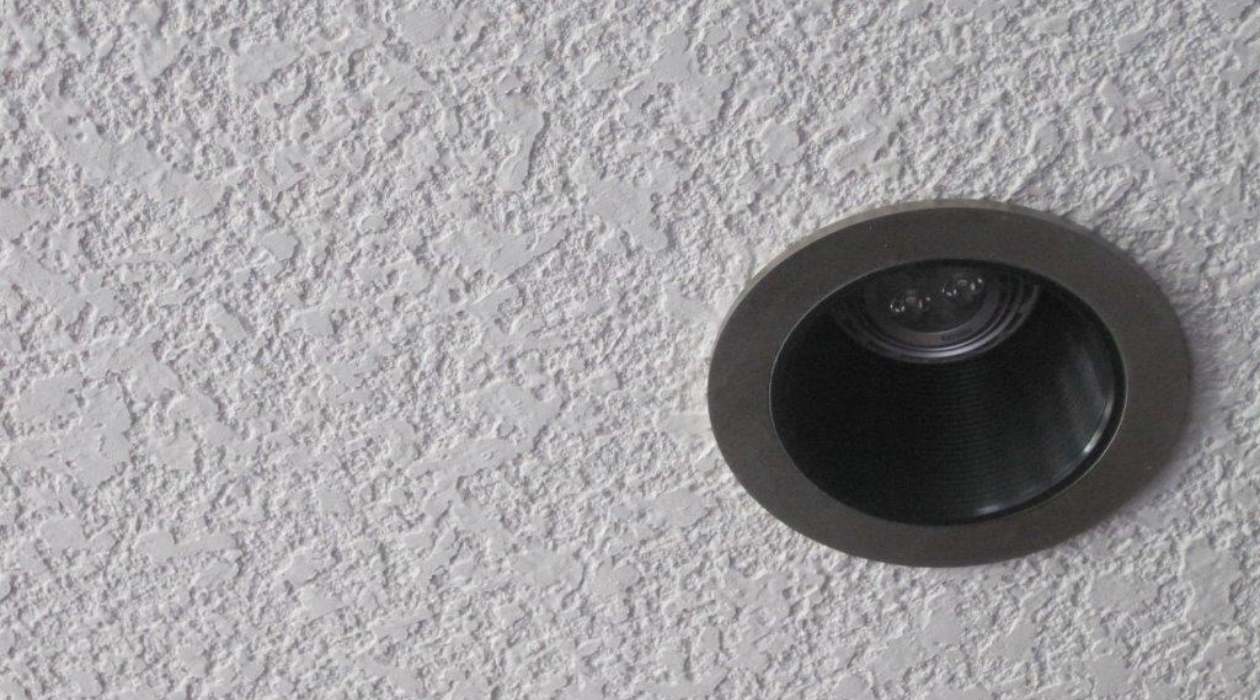
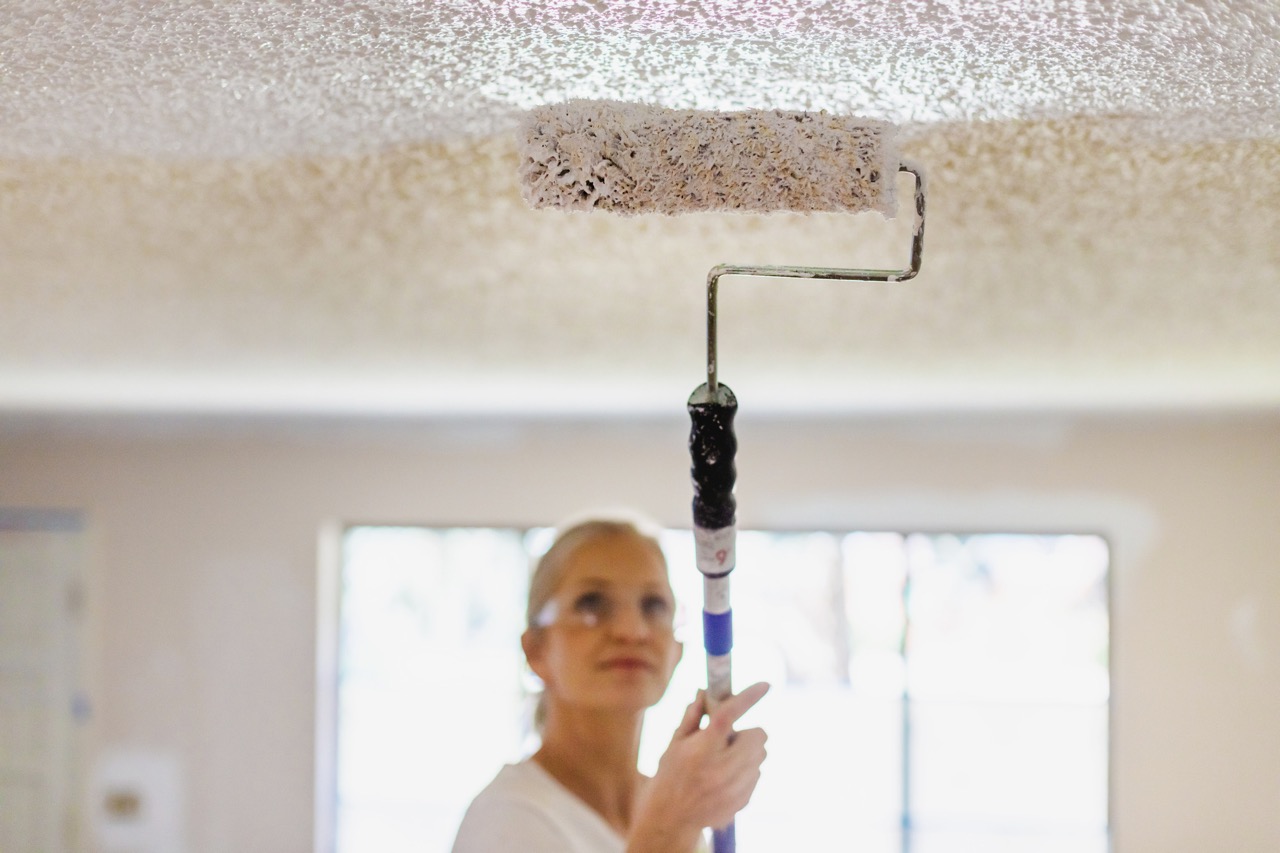
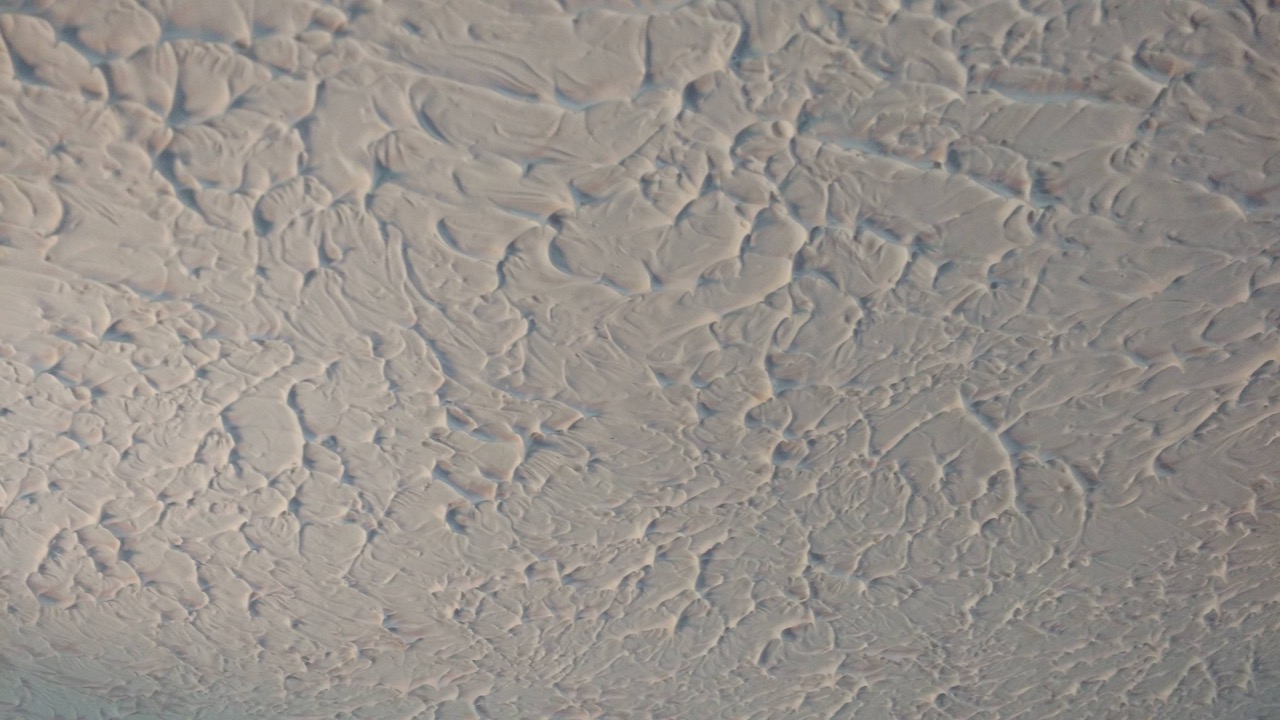
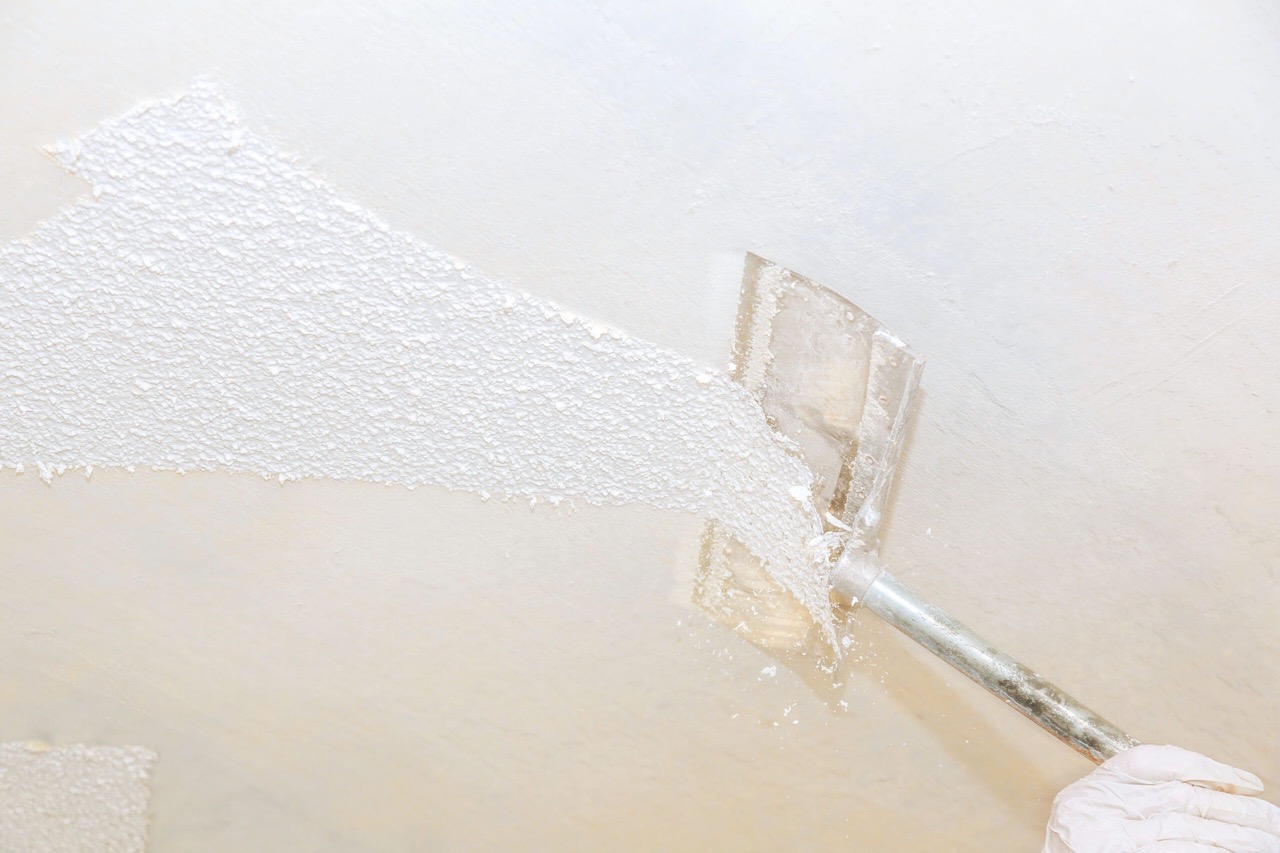

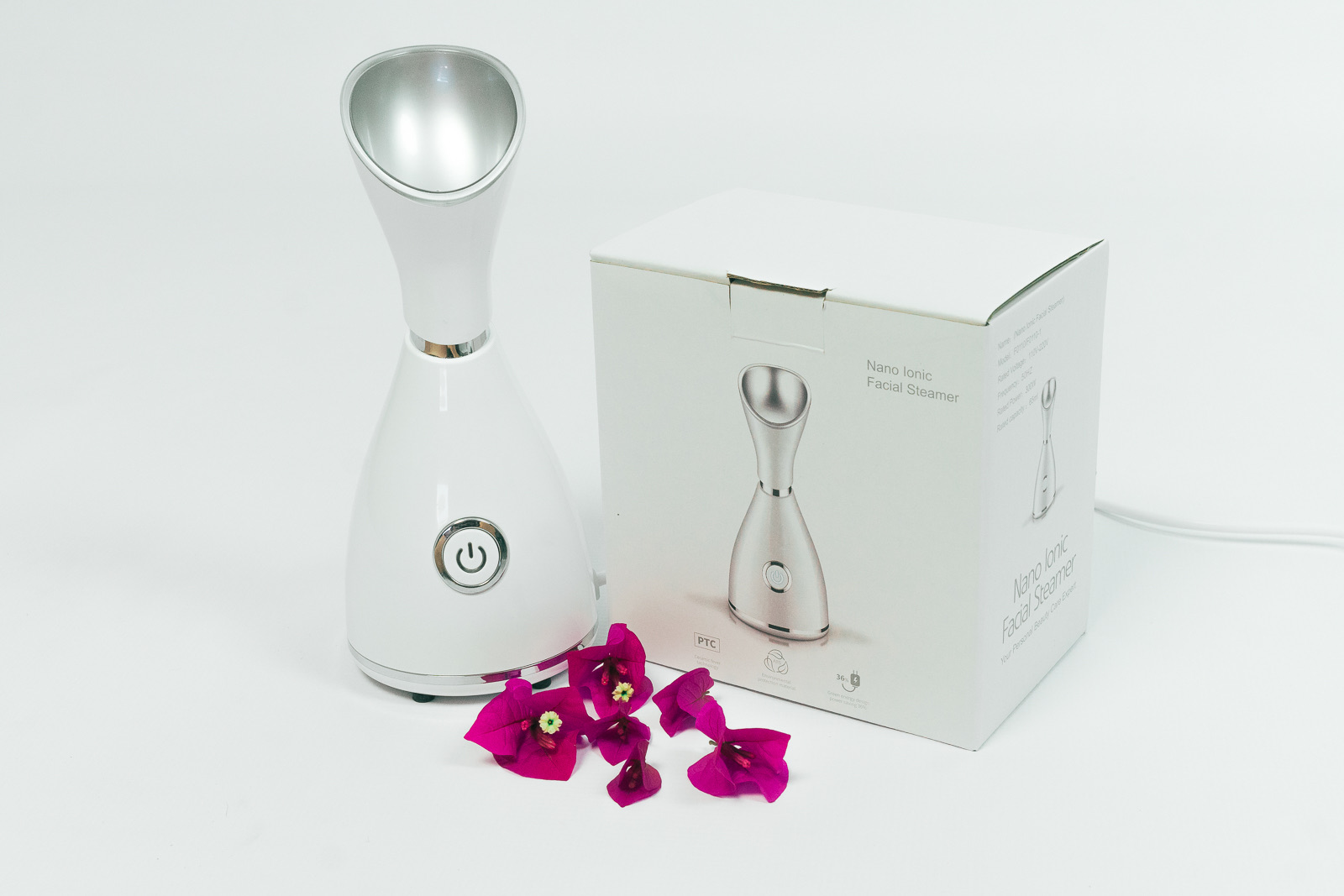
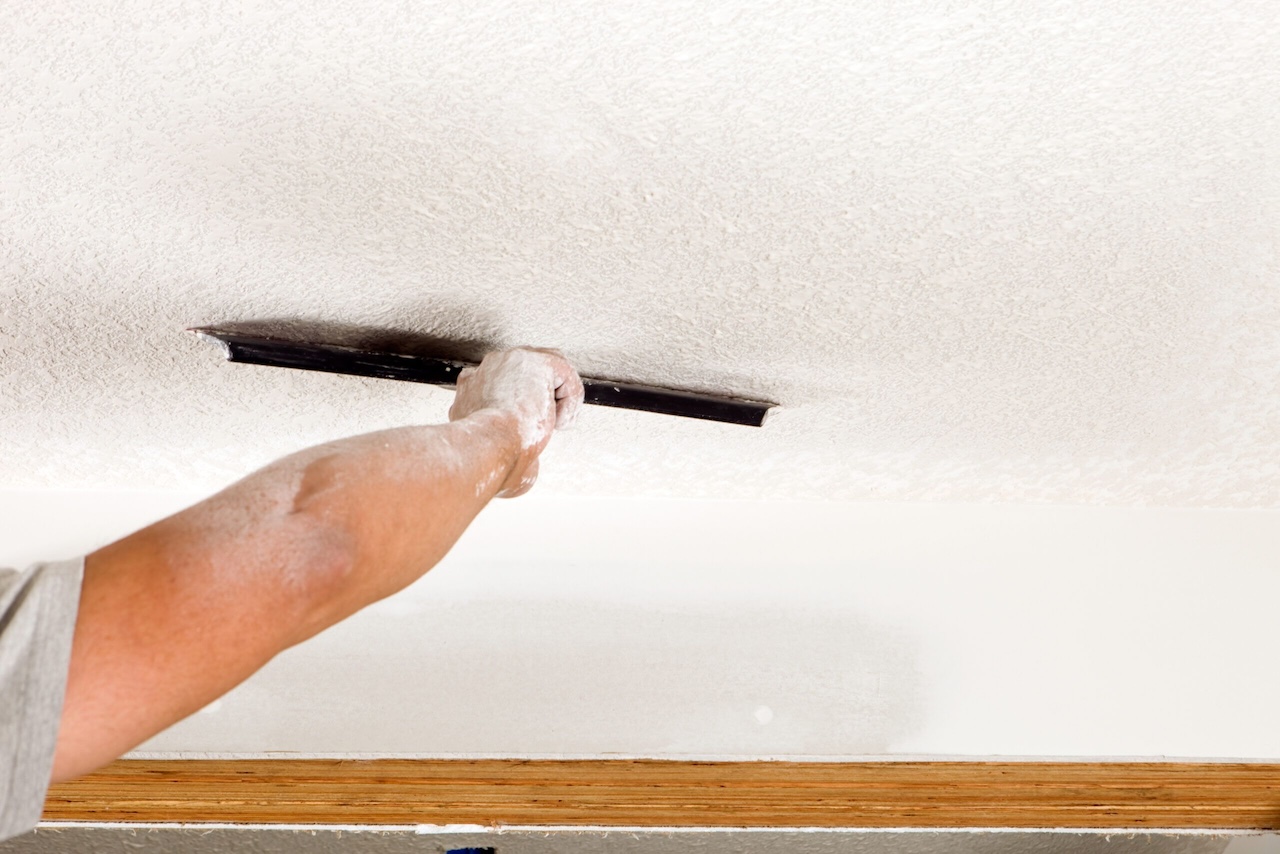
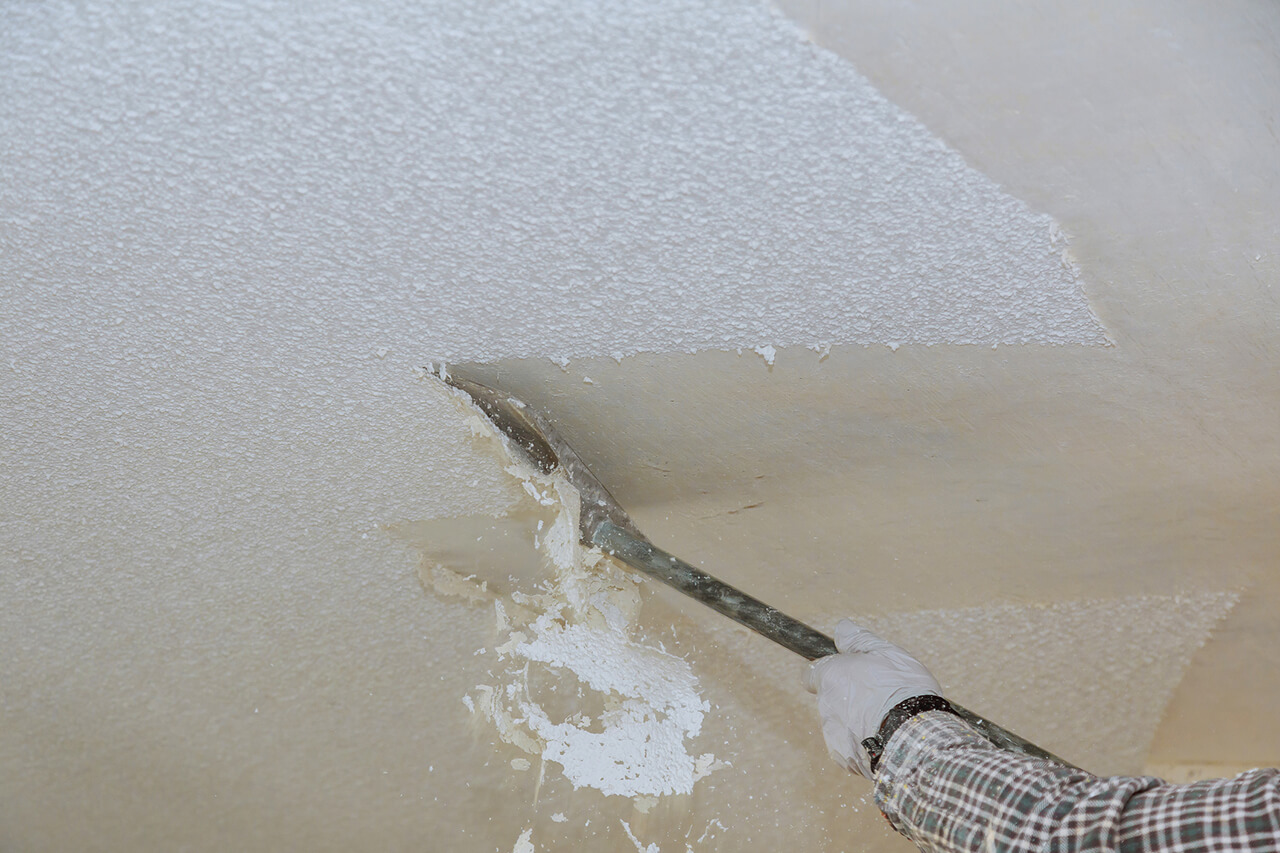
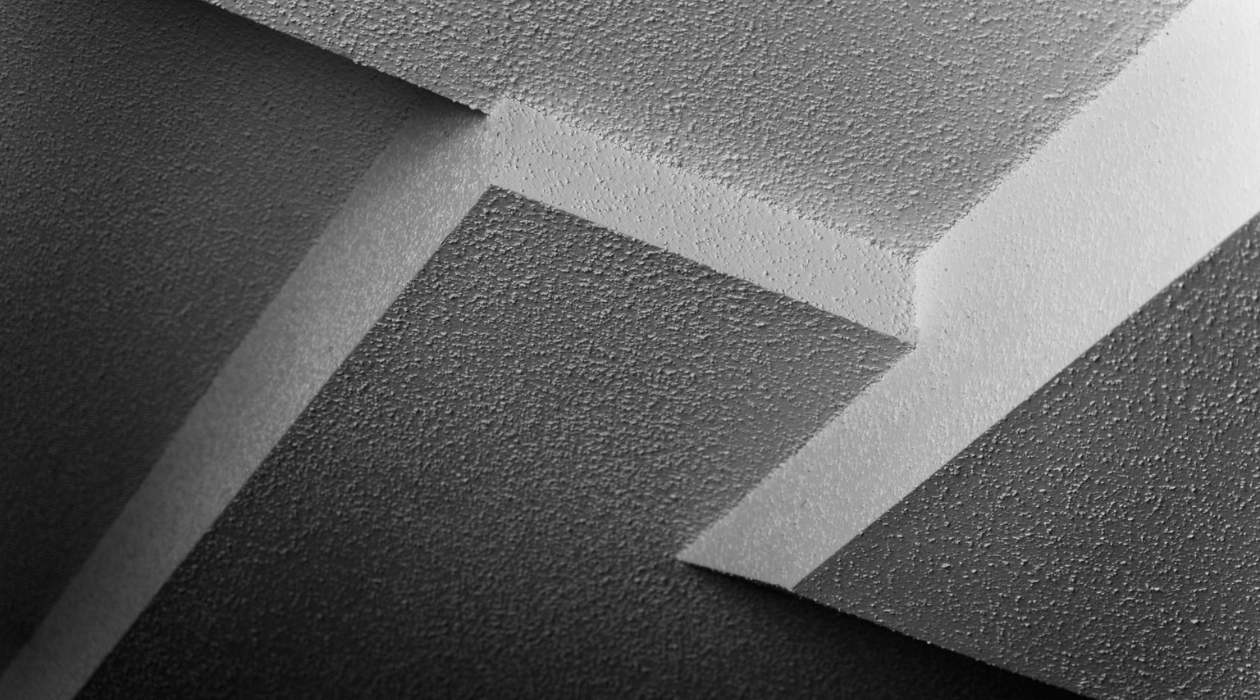

0 thoughts on “What Is Nano Texture Glass”